The Payment Card Industry Data Security Standard (PCI-DSS), established on September 7, 2006, is a critical framework designed to protect cardholder data. It applies to organizations like banks, healthcare providers, and any entity handling payment card information. Non-compliance can lead to significant penalties, making adherence essential for businesses.
Why PCI-DSS Compliance Matters
Compliance with PCI-DSS ensures the security of sensitive data such as credit card numbers, authentication data, and personal information. As organizations increasingly operate in cloud environments and handle vast amounts of data, understanding data sensitivity and vulnerabilities is fundamental to compliance. Achieving PCI-DSS compliance involves a comprehensive process that includes risk assessments, monitoring for malicious activities, updating documentation on data flows, and staying current with evolving standards.
The PCI-DSS Audit Process
A PCI-DSS audit is a thorough examination of your security infrastructure to ensure compliance with the standard. Here’s what the process typically involves:
- Focus on Sensitive Data
Auditors review sensitive data elements such as primary account numbers (PANs), expiration dates, and routing numbers. They identify security gaps and may require remediation to address vulnerabilities. - Recommendations for Improvement
Auditors often recommend preventive measures like documenting data flows, updating security policies, and improving access controls to protect cardholder data. - Proactive Preparation
Think of an audit as a health check-up for your organization’s security posture. Beyond addressing existing concerns, audits ensure proper documentation of sensitive data inventories and protective measures to mitigate risks in case of breaches.
Preparing for PCI-DSS Compliance: Key Steps
To streamline your audit process and minimize fines or penalties, take these proactive steps:
1. Achieve PCI-DSS Certification
Certification requirements depend on transaction volume:
- Level 1 (6M+ transactions/year): Annual internal audits and quarterly PCI scans.
- Level 2 (1M-6M transactions/year): Annual risk assessments with Self-Assessment Questionnaires (SAQs) and quarterly scans.
Certification involves a tailored risk assessment based on your transaction volume and cloud infrastructure.
2. Conduct Regular Risk Assessments
Assess your IT assets and business processes for vulnerabilities. Document all systems involved in storing, processing, or transmitting cardholder data. Regularly update this inventory to reflect changes in your environment.
3. Implement Strong Security Measures
Adopt measures such as:
- Encryption of stored and transmitted cardholder data.
- Robust firewalls to secure networks.
- Strong password policies to prevent unauthorized access.
- Continuous vulnerability monitoring and patch management.
4. Monitor Data Flows
Ensure you have clear visibility into how cardholder data moves through your systems. This includes mapping out all connections between payment systems and other components in your network.
Why Organizations Struggle with PCI-DSS Compliance
Maintaining compliance requires significant investments in time, money, and resources. Challenges include:
- Managing complex cloud environments.
- Identifying sensitive data accurately.
- Keeping up with frequent updates to PCI-DSS standards.
- Ensuring scalability as transaction volumes grow.
Moving Beyond Compliance: The Role of Technology
Investing in advanced tools like AI-driven sensitive data discovery platforms can simplify the compliance process by:
- Automating sensitive data identification.
- Reducing false positives through context-aware analysis.
- Scaling seamlessly with growing datasets.
- Integrating easily with cloud-based storage systems.
Final Thoughts
PCI-DSS compliance is more than just a regulatory requirement—it’s essential for protecting customer trust and safeguarding sensitive financial information. By proactively preparing for audits, adopting robust security measures, and leveraging advanced technologies, organizations can ensure compliance while minimizing risks.
How C² Data Privacy Platform Can Help
The C² Data Privacy Platform empowers organizations to discover, secure, and manage sensitive data seamlessly across cloud and hybrid environments. Leveraging advanced AI and deep learning, it automates data discovery, classification, and risk assessment, reducing manual errors and improving efficiency. With built-in encryption and integration for masking and other security tools, the platform ensures adherence to regulations like HIPAA, GDPR, CCPA, SOX, PCI DSS, and GLBA. Its user-friendly interface provides actionable insights into exposure risks, enabling proactive data protection. By streamlining data security processes, C² helps customers mitigate breaches, maintain compliance, and build trust in an increasingly complex digital landscape.

